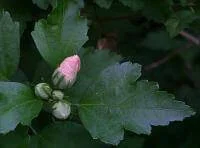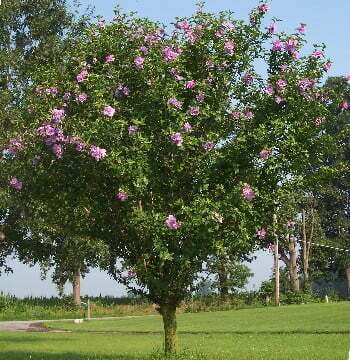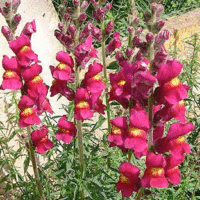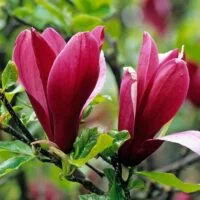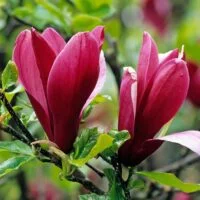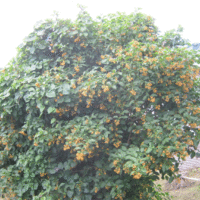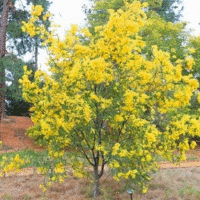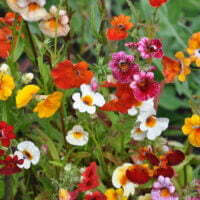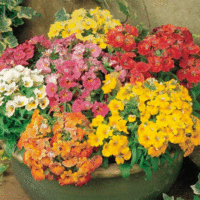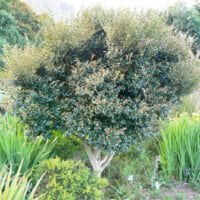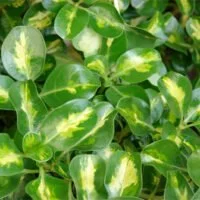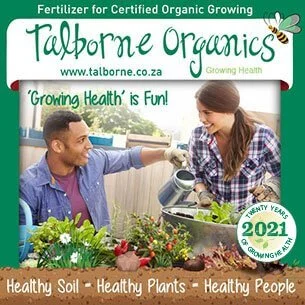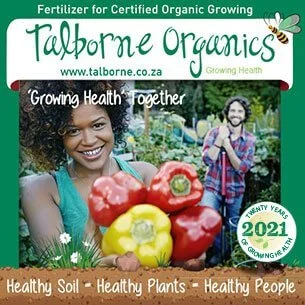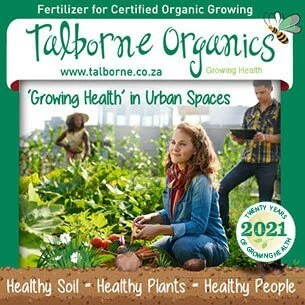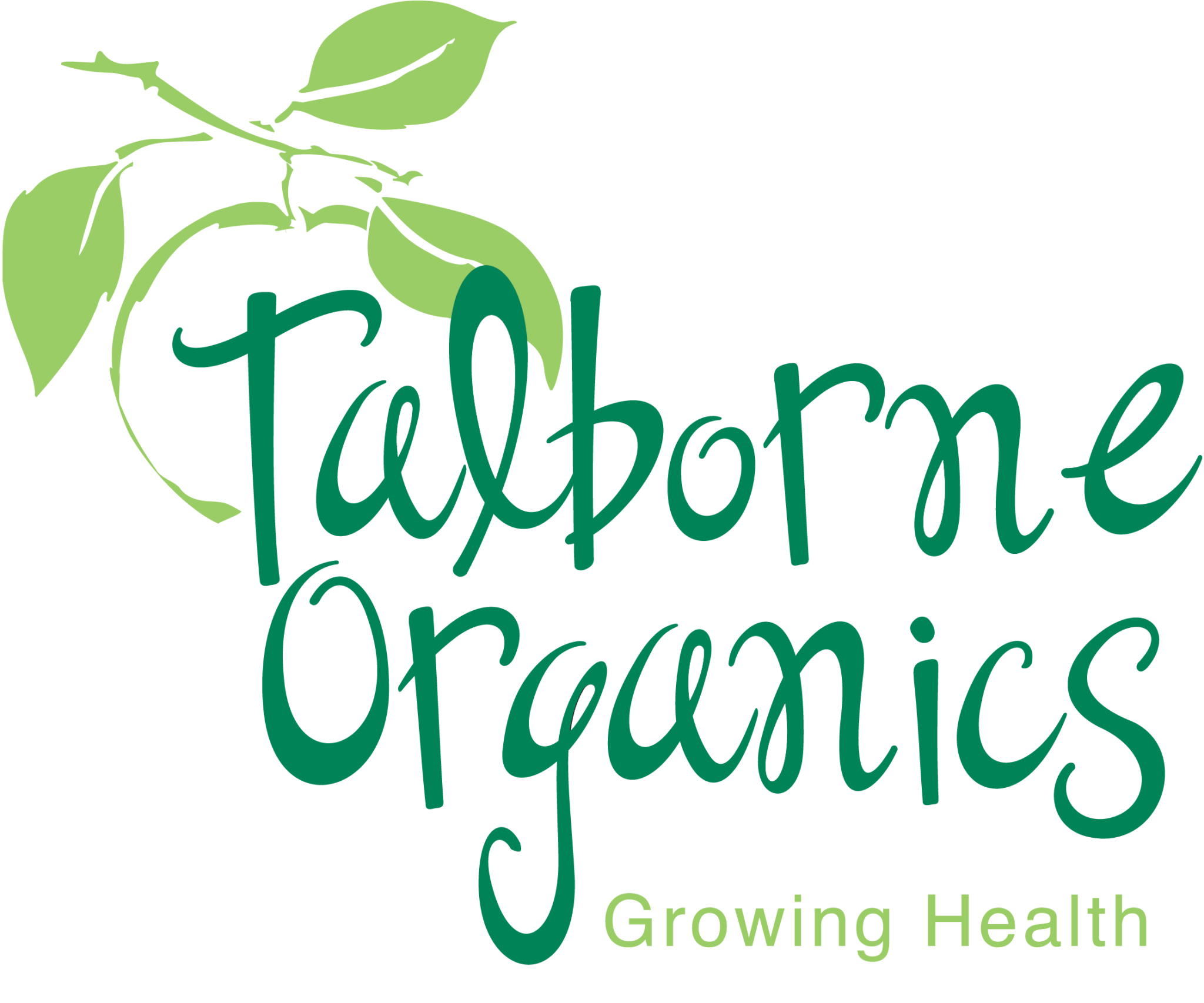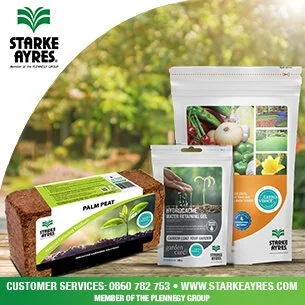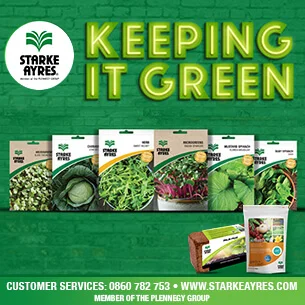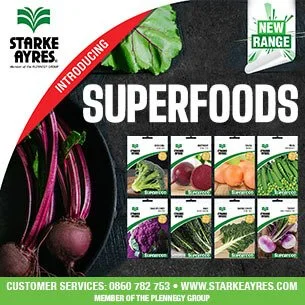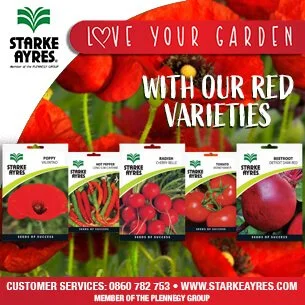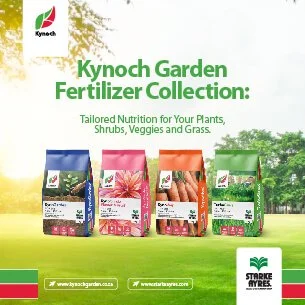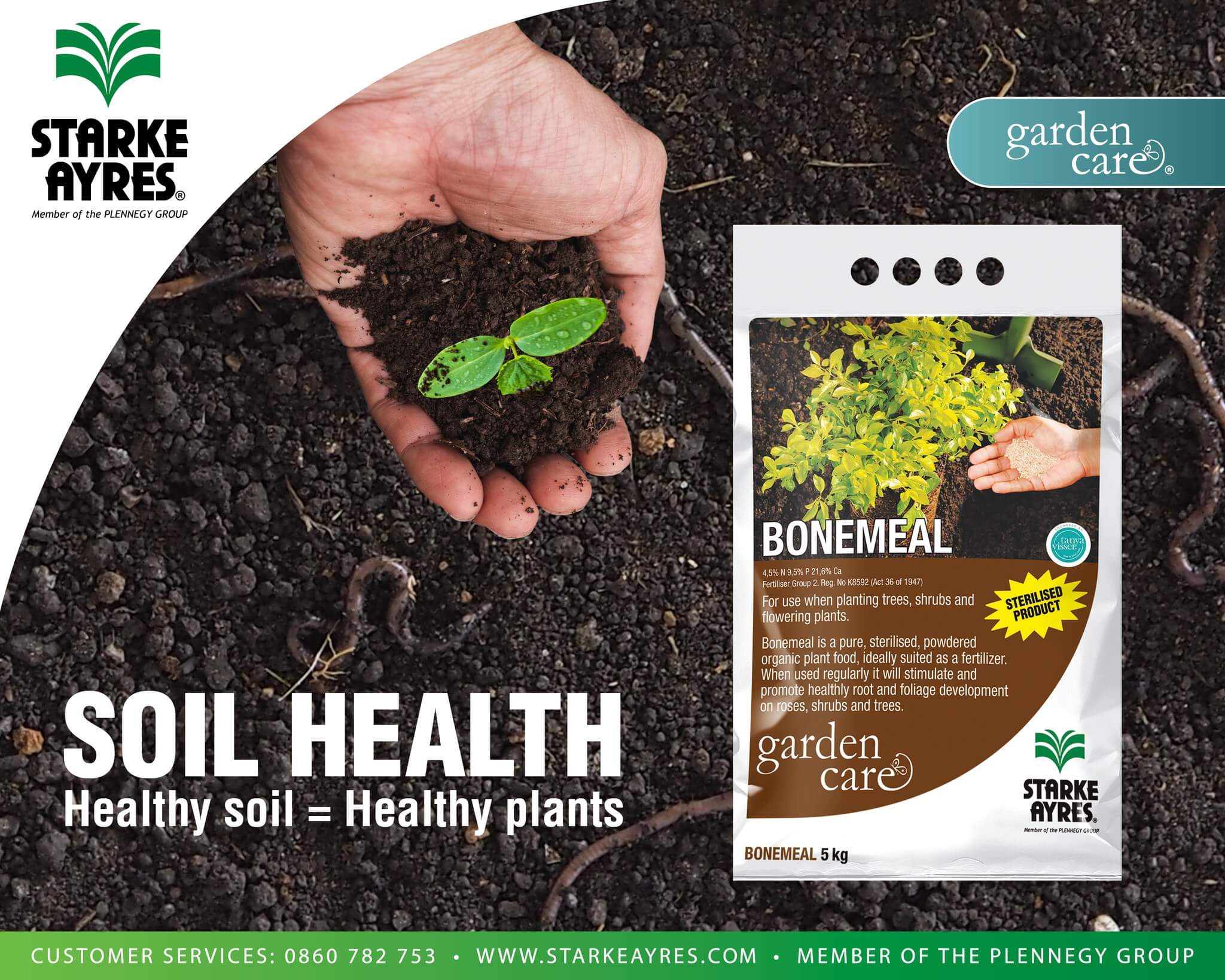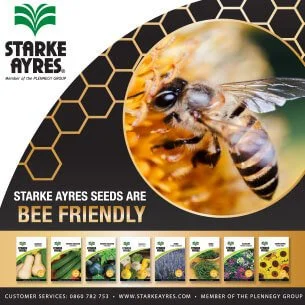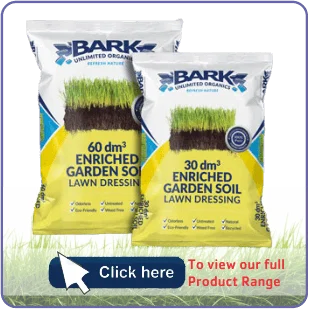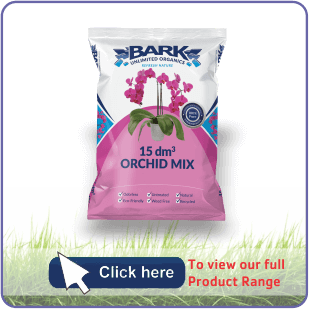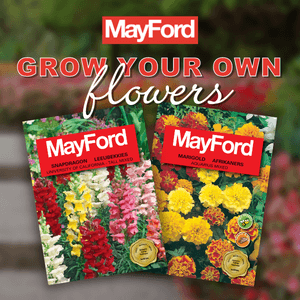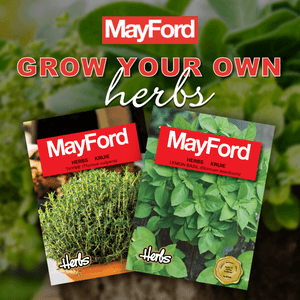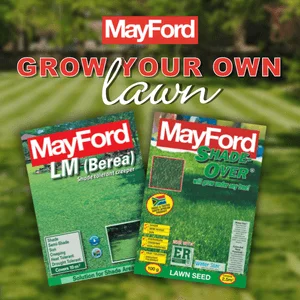| Botanical name | Hibiscus syriacus |
|---|---|
| Plant Care |  Deciduous Deciduous – Sheds Its Leaves Annually  Full Sun Full Sun – Prefers 6 or more hours of sun per day. Frost Hardy Frost Hardy – Can Handle frost without damage.  Moderate Watering Moderate Watering – Requires Regular Watering.  Pruning Required Pruning Required – Needs to be Pruned.  Non Indigenous Non Indigenous – Exotic to South Africa. |
| Categories | |
| Flowers | January February October November December Flower are red, pink, white/cream/gray, purple, blue and lavender. |
| Common name(s) | Rose-of-Sharon, Syrian hibiscus |
| Origin | |
| Foliage | The foliage is deciduous. |
| Uses in landscape design | Excellent for beds and borders, flowering tree, hedge and specimen plant or focal point. Also an excellent plant for containers. |
| Drought tolerance | Medium |
| Maintenance | If leaf spots appear on the plant, pick off and destroy the infected leaves. If bacterial leaf spot causes problems, pick off and destroy infected leaves. |
| Soil conditions | The Rose-of-Sharon grows in acidic, moist and requires well-drained soil. |
| Growth rate | Slow |
| Wildlife attractions | Butterflies and hummingbirds are attracted to the flowers. |
| Common pests and diseases | Flowers may be infected with a blight caused by a fungus. |
| Other languages | Saronroos (A) |
Hibiscus syriacus (Rose-of-Sharon, Syrian hibiscus)
- Botanical name: Hibiscus syriacus
- Common name(s): Rose-of-Sharon, Syrian hibiscus
- Categories: Shrubs and Perennials
Plant description:
A floriferous species that flowers throughout summer, but is not as showy as H. rosasinensis. H. syriacus hybrids include: ‘Hamabo’, pink singles; ‘Lady Stanley’, pink semi-doubles; ‘Woodbridge’, purple-red singles; ‘Blue Bird’, mauve-blue singles; ‘Red Heart’, red-centred white singles; and ‘Rosalind’, maroon doubles.
Family: Malvaceae
Synonym: Althaea syriacus
Botanical Pronunciation: hi-BIS-kus seer-ee-AK-us
Hibiscus syriacus requirements and features
info on these icons
Moderate Maintenance
Requires moderate maintenance.
Prohibited Use Notice: No Data Scraping Allowed Except for Search Engine Indexing:
The content provided on PlantInfo.co.za is intended for personal, non-commercial use only. Unauthorized extraction, reproduction, or use of the data, including scraping, for any purpose other than search engine indexing is strictly prohibited. Violations of these terms may result in legal action. By accessing and using this website, you agree to comply with these conditions and acknowledge the legal restrictions on the use of our content.
January February October November December
Flower are red, pink, white/cream/gray, purple, blue and lavender.
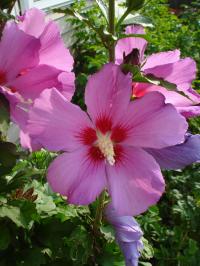
The foliage is deciduous.
